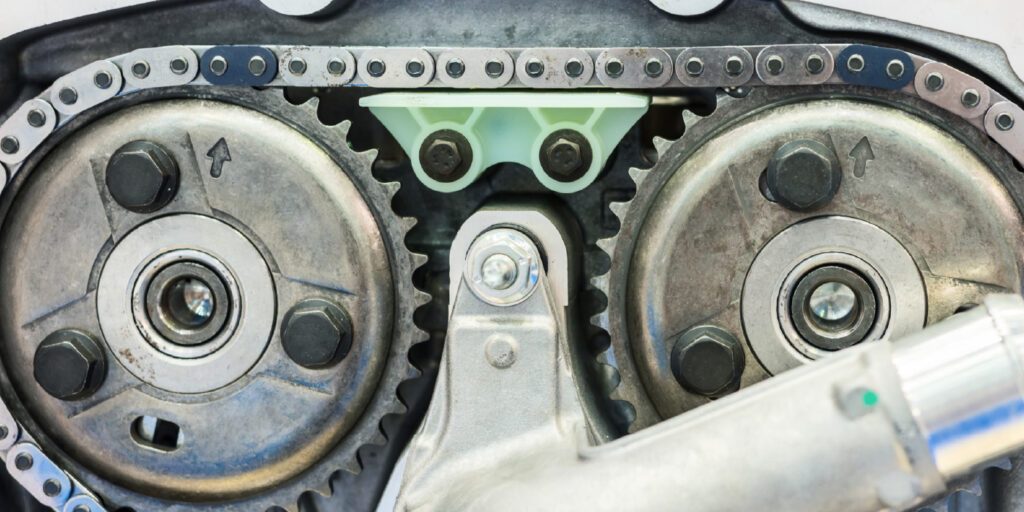By Glenn Beanard
Contributing Editor
Some customers might be surprised to find out that anti-lock brakes are not intended to shorten stopping distance. In fact, in many cases they lengthen the stopping distance in comparison to conventional braking systems. The purpose of anti-lock brakes, is to maintain steering control during a panic stop. The idea is not so much to stop quicker, but rather be able to steer around the problem.
So what makes an anti-lock brake system? The anti-lock brake system (also called anti-skid by some manufactures), is an electronic system that has control over the mechanical parts of the brake system, and can override the driver’s demand for braking pressure. With an anti-lock brake system, an electronic control module “watches” each wheel turn, by use of wheel speed sensors. Should it see one wheel stop spinning, it will then release the pressure for the brakes to that wheel, allowing that wheel to start turning again. Now that the wheel can turn again, traction with the road’s surface can be regained and steering control can be restored. Software built into the electronic control module determines the difference between a wheel that has locked during braking, versus a wheel that has stopped at a traffic light with the wheels not moving.
As with any electronic system, failures can arise. When they do, the ECU has the ability to diagnose its own system to a certain point. It will turn on the yellow anti-lock brake light to alert you that there is problem. It will then store a numeric fault code telling the technician where to start looking for the problem. As with any fault code, the code does not mean to replace any parts, it just means to start looking for the problem at a certain place. Normally, for your safety, if the ABS ECU “decides” that it can’t do its job correctly, it won’t do it at all. If the yellow ABS warning light is on all the time, then typically the ABS system will not function. You will be left with conventional brakes. Meaning, if you are in a “panic stop,” the wheels can lock sending the vehicle into a skid.
Depending on the brand of the ABS system in use, the pedal may take on different feelings during an ABS panic stop. Some vehicles will let the brake pedal go incredibly soft, almost allowing it to contact the floor. Others will actually push the pedal back up at the driver. Either feeling can be very startling. It can feel as though you have lost braking ability, right when you need it the most… and to a certain point… you have. So slow down out there a bit. Don’t go thinking that since your vehicle has ABS, you are somehow able to drive faster and stop quicker. That is simply not the case.











